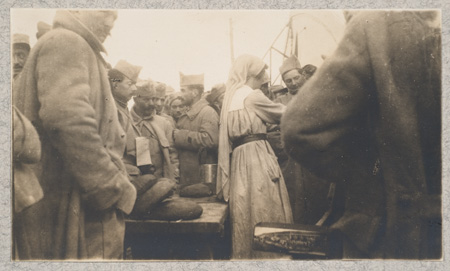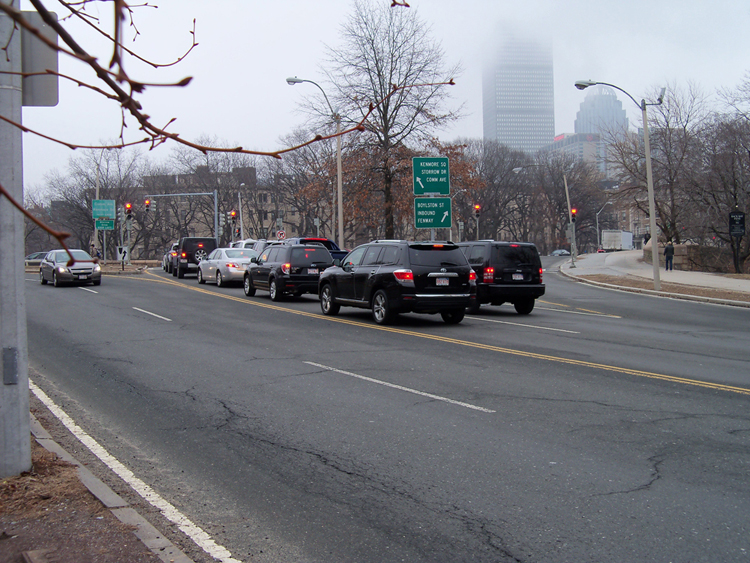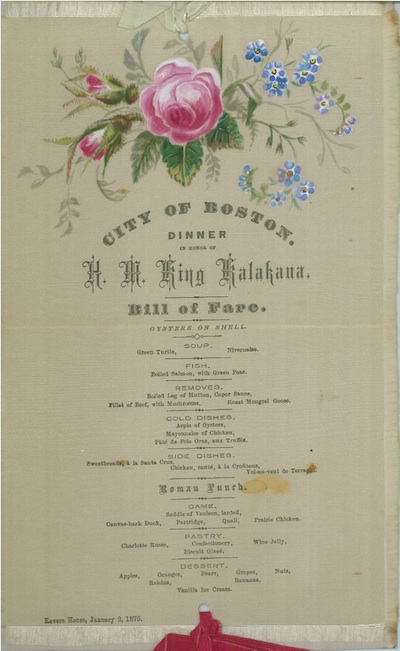By Dan Hinchen
As a reference librarian at the Society I work regularly with the more than three thousand individual manuscript collections in the holdings. Often the job is a search for a specific piece of information in order to answer a defined question, perhaps for a remote researcher who cannot visit the library. In other instances, reference work might entail giving researchers suggestions for collections that are relevant to their particular project. Usually this second type relies heavily on searching the online catalog, ABIGAIL, or other in-house resources, to find collections that carry certain subject headings or involve certain people.
Unfortunately, in both of these situations, I do not always get the chance to look at a given collection in-depth and thereby gain a more complete understanding of the contents and how it might complement other resources or collections we have. This can be troublesome in a place where the reference librarians are sometimes expected to have deep knowledge of every collection in the building. In order to level the field a bit I try to focus my attention on the occurrences of the early days of colonial New England, roughly the period of the founding of Plymouth colony in 1620 up to the end of King Philip’s War in 1676. When researchers come forward with questions concerning this time period I try to direct them toward collections or reference materials that, hopefully, will be of use.
While my colleagues in the collection services department are able to delve deeply into collections while going through the processes of arrangement and description, I do not always get that opportunity. Further, if a collection lacks descriptive aids then it can still be difficult to ascertain exactly what lies within and how it might fit with other collections. Yet, there is one recourse that I have left at my disposal should the chance arise.
Enter: the genial long-term researcher.
When a researcher brings an in-depth project to the MHS, we on the library staff have a wonderful opportunity to gain insights into the collections with which they work and to learn the topical connections existing among them. To illustrate: over the last couple of weeks we have had a researcher visit us nearly every day to work on a project involving 17th century colonial interactions between the English settlers and the native inhabitants. The researcher, who worked at the MHS in the past, came prepared with a few ideas of relevant collections with which to work. I suggested one or two other collections that I knew by name but of which I did not have intimate knowledge, with the idea that maybe one or two items would be relevant. As it happens, these collections turned out to be a veritable goldmine for our researcher. This also spurred her to investigate a couple of other things that might have otherwise gone unnoticed.
This entire process is a benefit to both the researcher and myself. While I was able to point her to a collection she did not know about and which aided her research, she was able to identify to me the content of the collection, why it was so important for her research, and how it fits in with other collections that touch on the same time period. Because I lack the very thorough knowledge of the topics and themes involved, the researcher helps establish and explain the web of connections among the characters contained in our holdings. Without a doubt, the knowledge graciously passed on to me with regard to these collections will now help me to better direct future researchers in their endeavors to unlock the long-past and lesser-documented realities of 17th century New England.


 This photograph of a fellow worker illustrates the hectic pace of Hall’s canteen work.
This photograph of a fellow worker illustrates the hectic pace of Hall’s canteen work. “Intersection of Boylston Street and Charlesgate from the West. Photograph by Anna J. Clutterbuck-Cook, January 2014.”
“Intersection of Boylston Street and Charlesgate from the West. Photograph by Anna J. Clutterbuck-Cook, January 2014.” “Charlesgate Park. Photograph by unknown photographer, circa 1893-1896. Sarah Gooll Putnam Diaries, vol 20, MHS.”
“Charlesgate Park. Photograph by unknown photographer, circa 1893-1896. Sarah Gooll Putnam Diaries, vol 20, MHS.” “Charlesgate Park from the corner of Boylston Street and Charlesgate East. Photograph by Anna J. Clutterbuck-Cook, January 2014.”
“Charlesgate Park from the corner of Boylston Street and Charlesgate East. Photograph by Anna J. Clutterbuck-Cook, January 2014.”
